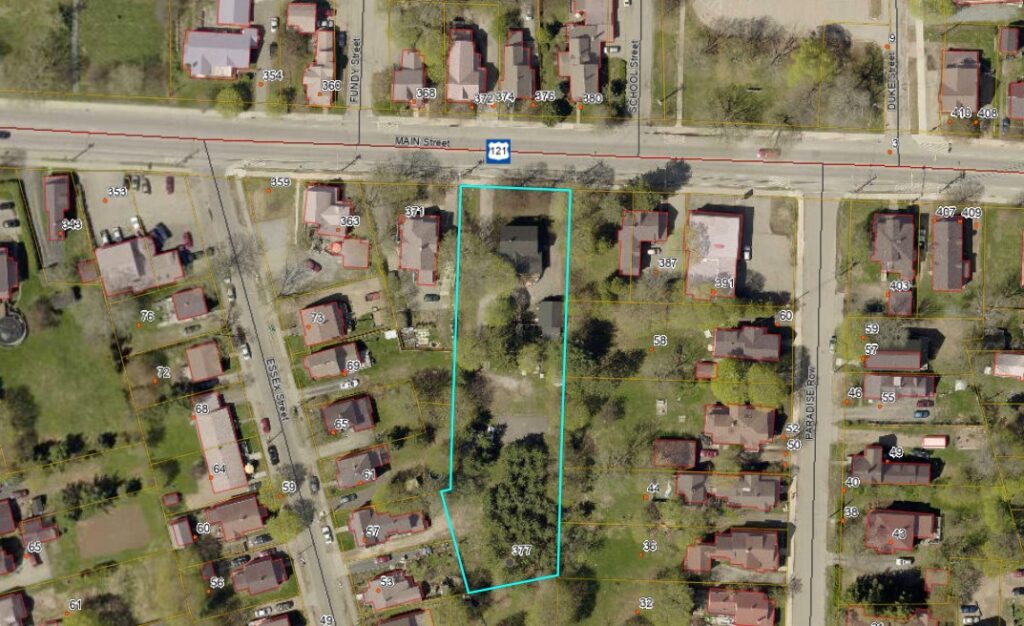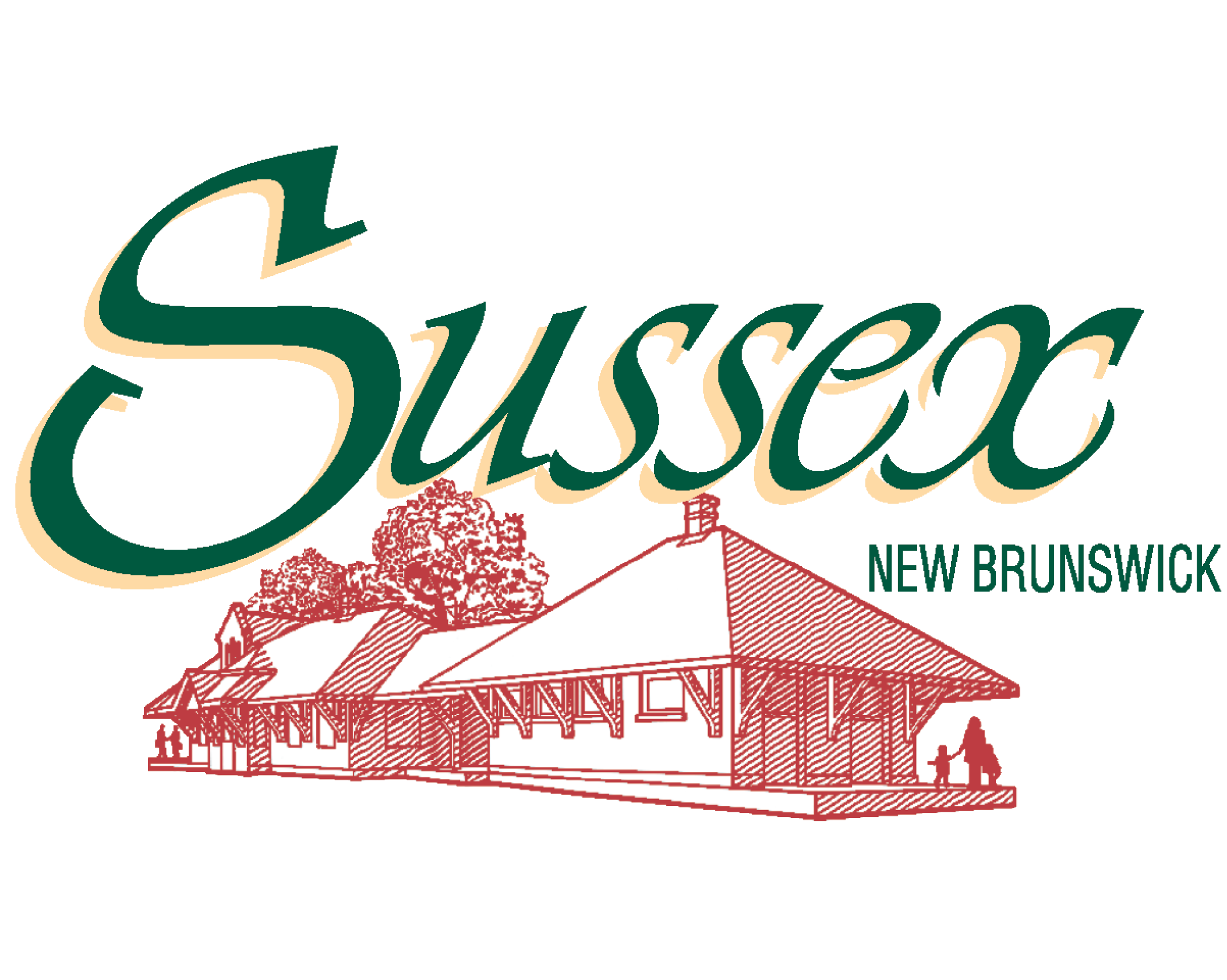Author: Tara Olesen
Geothermal Feasibility Study
The Final Report assessing the Feasibility of Geothermal Energy was as a result of the Town and the Sussex Region commissioning the technical feasibility study to determine if the decommissioned and flooding Penobsquis Mine is a feasible source of geothermal energy, and if feasible, could it be effectively developed thereby providing the community with an economic development advantage.
Flood Prevention Subsidy Program
The Town of Sussex recognizes that a flooded basement can be one of the most stressful and disruptive events associated with being a homeowner. This program was designed to provide financial assistance for solutions to these issues.
REQUEST FOR PROPOSALS: 377 MAIN STREET

Sussex Council is seeking development proposals for a vacant parcel of land that the town of Sussex currently owns. The land can be identified as PID # 00267666, and described by a tentative address of a land parcel accessed off Main Street commonly known as 377 Main Street with an assigned acreage to this land parcel of 3,327 square meters.
This parcel benefits from significant public and private investments in the immediate vicinity, Including the Sussex Elementary School, Sussex Health Center, Sussex Regional High School, Sussex Middle School, Kiwanis Nursing Home and a multitude of access to the Sussex Industrial Park. The parcel also has direct and easy access to Main Street. The town of Sussex’s development goals for the site include maximizing the site’s development potential and contributing to the vibrancy of the town of Sussex area with a well-designed development that will bring employees, residents, customers, hotel guests and/or visitors to the area.
This parcel is currently zoned R3 , with Terms and Conditions under By-law 1350-10-33 and listed under Section 15 of the Town’s current consolidated Zoning By-law 1350-24 as an exemption and zoned R3 with terms and conditions.
The Town has developed and enacted Policy documents to attract and incentivize affordable housing development in Sussex. It is believed this land parcel would be an attractive site for affordable housing development. Copies of the Town’s T1 and T2 Policy documents are attached to this RFP as appendixes.
Proposals must be received at the town of Sussex not later than FRIDAY, DECEMBER 13, 2024 @ 2:00:00 P.M. – LOCAL TIME, at which time there will be a public opening. At the opening, only the names and addresses of the Proponents will be disclosed. No other information about the Proposal or its contents will be made public at this time. An informational meeting will be held: Tuesday, December 3, 2024 at 3:00 p.m., local time at the town of Sussex Town Hall, 524 Main Street, Sussex, NB E4E 3E4.
For those interested proponents seeking additional information and question can be directed to: S. M. Hatcher, P. Eng., CAO, town of Sussex at scott.hatcher@Sussex.ca or (506) 432-4553 direct to RSVP your attendance at the Pre-Proposal Informational Meeting.
2024 Fiscal Year
General Fund and Utility Fund Budget Summary and Audited Financial Statements
2023 Fiscal Year
General Fund and Utility Fund Budget Summary and Audited Financial Statements
2022 Fiscal Year
General Fund and Utility Fund Budget Summary and Audited Financial Statements
2021 Fiscal Year
General Fund and Utility Fund Budget Summary and Audited Financial Statements
2020 Fiscal Year
General Fund and Utility Fund Budget Summary and Audited Financial Statements

